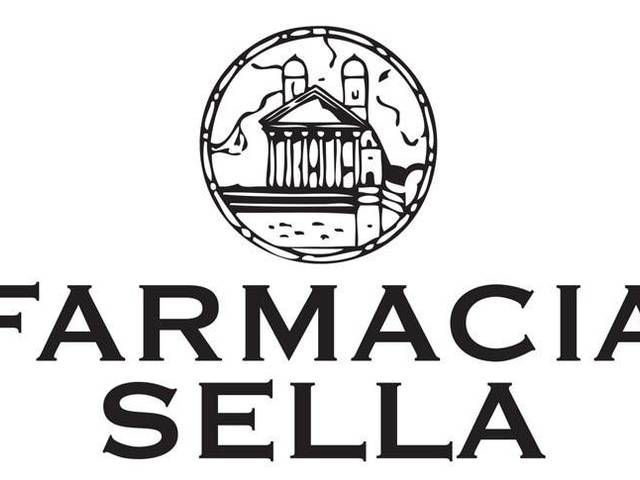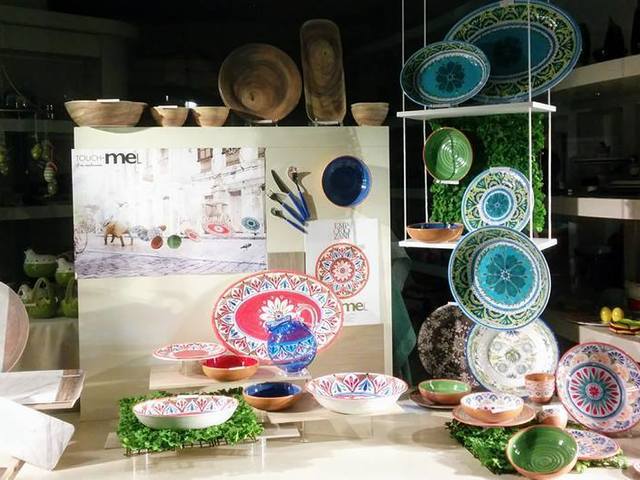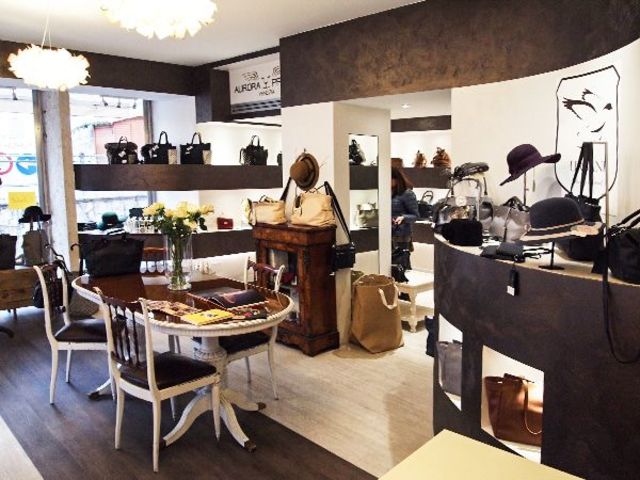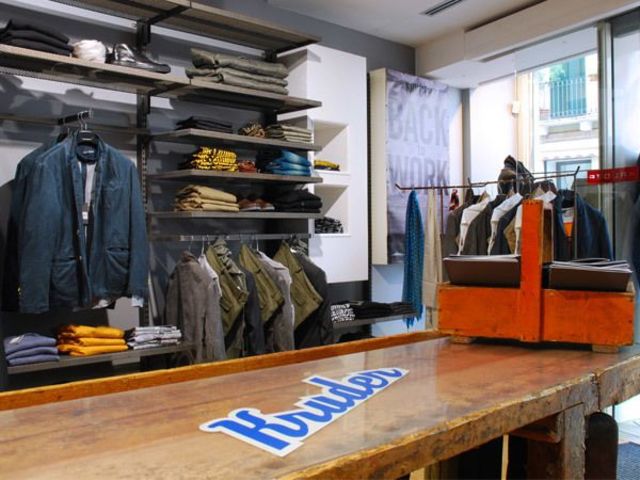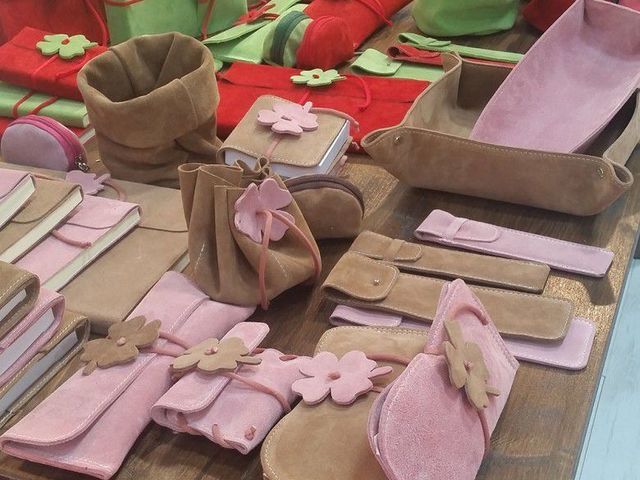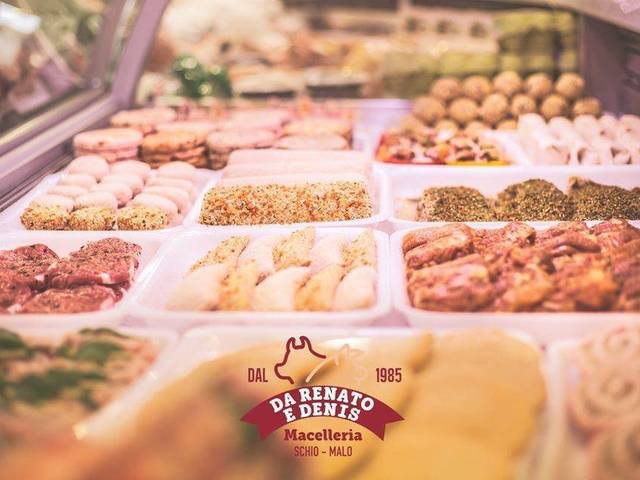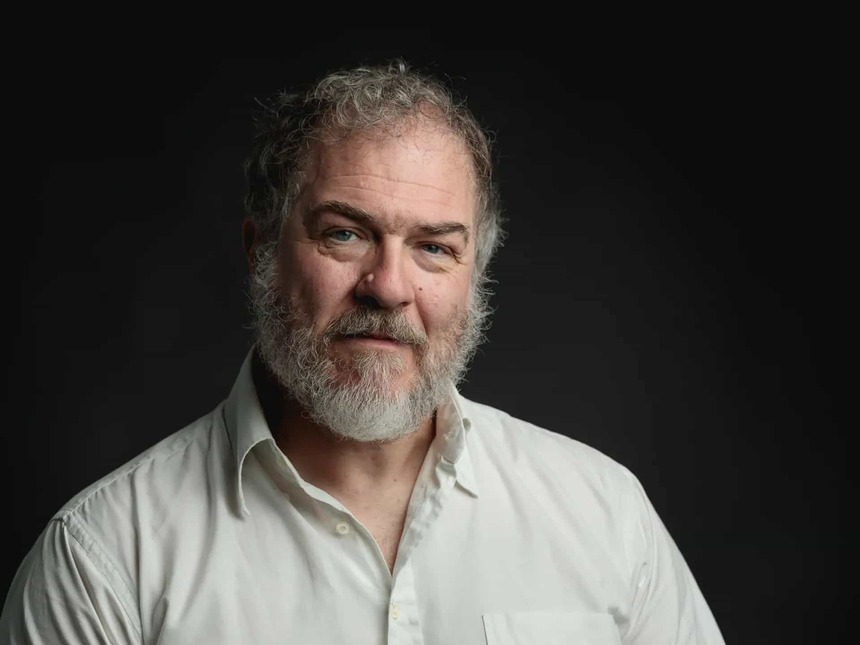Palazzi
Route through Schio's palaces
DETAILS
LENGTH
DIFFICULTY
DISTANCE
- Historical Palaces
- path
- City
Description
This tour is a pleasant urban walk and it may begin with Palazzo Garbin, now Town Hall. Palazzo Garbin was built in 1799 by architect Carlo Barrera on the estate owned by the noble Piovene family. Initially, the building was part of a single complex that included the main house, the park, now Piazza dello Statuto, and the wool mill owned by the Garbin family that no longer exists.
Let's cross the road and proceed towards the Cathedral, through Via Battaglion Val Leogra. Just before the Church tur right on Via Cavour and you will se Palazzo Boschetti. The palazzo presents an elegant, arched front entrance and access steps. Completing the central section, we find the tympanum with the Boldù family’s coat of arms in the centre; at the back, there is a vast park that extends to Via A. Fusinato, where we find an elegant gate with columns and statues by Angelo Marinali. Its current name derives from the last family that owned it and who donated it to the parish of Saint Peter.
Go ahead Via Gorzone and you will reach Palazzo da Schio at the crossroad with via Carducci. alazzo da Schio consists of a central body with 13 windows on the ground floor and just as many on the first floor, each of which with balustrade and triangular tympanum or lowered arch. On the top of the building, we can see a large inscription with the name of the owners, surmounted by a massive double-tailed mermaid carved in white stone and which is also found in the family’s coat of arms. The building is flanked by two small towers, also with balustrades; the one on the left is topped by a large terrace while on the façade we find a memorial plaque commemorating the aeronautical feats of Count Almerico da Schio, an academic, scientist and pioneer of Italian aeronautics.
At the end of via Carducci, where the so-called Corobbo stands, the old quadrivium, stands the Public Library, once Baratto hospital. In the mid-17th century, the first hospital for the poor was built on a four-way crossroads known as the Carobbo. Known as the Baratto; since 1988 it has hosted the Renato Bortoli Public Library. The façade is embellished with an elegant triple lancet window and by six quatrefoil windows of the period, while the wing that continues along the Via Baratto, was added in the mid-18th century, including with it the church of Saints Cristopher and Francis. The third building, the so-called Former Prisons, built at the beginning of the 19th century, is visible from inside the library. After the hospital was transferred at the beginning of the 19th century, the complex hosted various public offices, among which the headquarters of the Financial Police. In the internal court, we find two memorial plaques, one in memory of the Schio massacre that took place in July 1945, the other commemorating the Civil Accord Pact, signed in May 2005. The library has an open shelf documentation archive of considerable importance, with a significant collection of books and multimedia material, and more than one hundred magazine subscriptions. The library contains important historic and document archive collections, among which: the legacies of the Pasini-Salasco family, Senator Alessandro Rossi, Giovanni Calendoli, architects Ferruccio Chemello and Vincenzo Bonato. The historical and antique section contains well-preserved ancient books, scrolls, geographic maps and illuminated codes from the 15thcentury.
Proceed on Via Mazzini, the old Sojo district, where you will find Palazzo dei canarini: The Palazzo dei Canarini (Canary Palace) is situated in the old contrada del Sojo and probably dates back to the 16th century. It has a handsome neo-gothic façade with lancet arch doors and windows except the triple lancet window on the ground floor that has a round arch. At the center of the first floor, we find an elegant oval, triple lancet window with balcony which, because of its proximity with other two lateral windows, simulates the effect of a five lancet window. The upper floor has windows aligned symmetrically with the ones on the piano nobile while beneath the cornice there are five small lancet windows.
Go back in the direction to the Cathedral and climb via Catello towards the Castle. The building was restored in the 1980’s and now presents itself as a structure made of stones and potsherd, with gabled façade and quadrangular tower, with a clock and ornamental merlon motif. In a painting of 1512 by Francesco Verla in the church of St. Francis, there seems to be a representation of the city’s castle. This would confirm the bond the citizens felt with the fortress and perhaps that the people of Schio wanted to liberate themselves of their subjection to Vicenza, preferring a potestà sent from Venice rather than someone chosen by their subjugators. Beneath the hill’s esplanade, the avenue lined by horse-chestnut trees offers a pleasant walk to the small church of San Rocco. Especially during the summer, it is a pefect location to relax and grab a beer with friends at Skiosko Beer&Garden which stands in the area.
In the vicinity of the castle there is another fascinating building: Villa Rosa Granotto: Built by the Rosa family as a farmhouse between 1690 and 1700, it was radically restructured by the Granotto family at the beginning of the 18th century. The house was then completed with a park and impressive statues of the Marinali School. Subsequently the property changed owners various times. At the end of the 19th century it was purchased by the Maule family from Enna and finally by the current owners, the Mondin family.
Go ahead the recently renovated staircase, behind the Saint Rocco Church, which leads to the central Via Pasini, where you will be able to admire Fabbrica Alta, national symbol of industrial archeology.
From here, proceed on Via Pasini towards the centre and, after 300 mt you will notice on the left Palazzo Toaldi Capra, hosted the Town Hall from the 18th century to 1913, and between the two World Wars, it became the headquarters of the 44th National Security Volunteer Legion, whereas after the war it hosted several high schools. On June 17, 1512, the palace was documented as a property of the Venetian Da Pozzo brothers. Later the palace was inherited by Cesare Toaldi’s heirs. The Toaldi family, as documented since the early 13th century, was for centuries one of the most important families of the city. Originally from Cogollo del Cengio, where they were wrought iron craftsmen, in Schio the Toaldis became one of the most important iron merchants in town, trading with Venice and other cities of the Veneto. By the mid-17th century, the family declined and the estate split-up and sold; this explains why in the mid-17th century the building was documented as belonging to an aristocratic family from Vicenza, that of Count Giovan Battista Capra who will sell the palace in 1668. During the first restoration works, commissioned by the Municipality in the 1980’s, a number of late gothic frescos of the early 15th century emerged.
Let's descend a little more towards Via Pasini, until reaching Palazzo Fogazzaro. Palazzo Fogazzaro was built in 1810 as the family residence, on a design by architect Carlo Barrera (1759 – 1837) from Lugano, who had also designed Palazzo Garbin and who was in Schio at the time supervising the works on Saint Peter’s Duomo. The Palace faces Via Pasini, the ancient Via Oltreponte also known as “of the Nuns”, it belongs to the category of Palladian buildings with portico and loggia and resembles a design by Vincenzo Scamozzi for Villa Franceschini in Arcugnano. The building rises on a site previously occupied by a wool mill owned by the Fogazzaro family and located on an ancient ramification of the Roggia Maestra canal. In 2010 the courtyard was repaved. It is currently used as the City’s House of Arts, hosting permanent and temporary exhibitions, and an information centre for cultural and tourist events. The ‘barchesse’ host the Infomagiovani centre and a study room.
